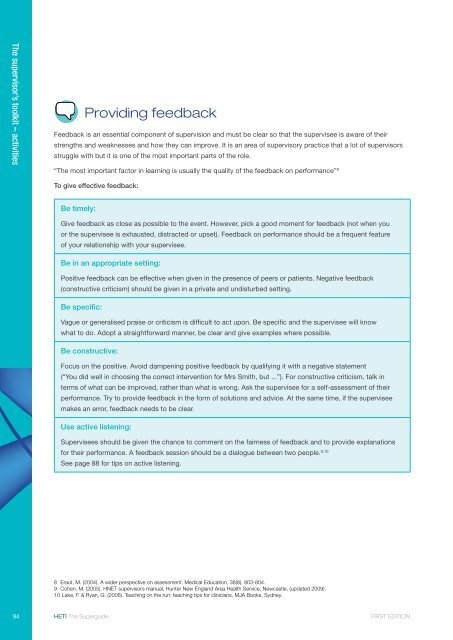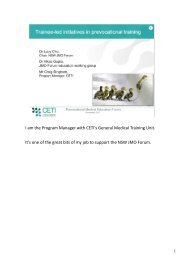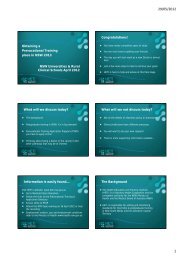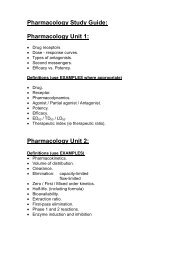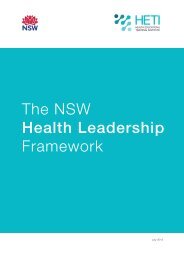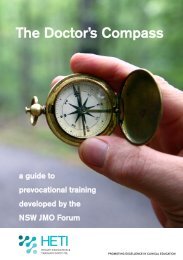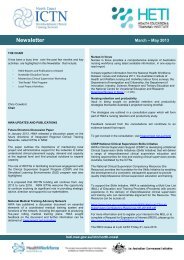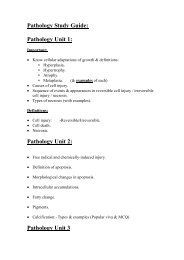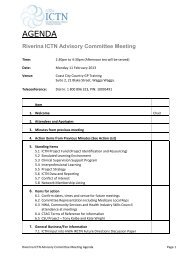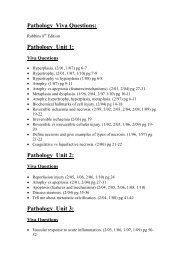Open - HETI - NSW Government
Open - HETI - NSW Government
Open - HETI - NSW Government
- No tags were found...
You also want an ePaper? Increase the reach of your titles
YUMPU automatically turns print PDFs into web optimized ePapers that Google loves.
The supervisor’s toolkit – activitiesProviding feedbackFeedback is an essential component of supervision and must be clear so that the supervisee is aware of theirstrengths and weaknesses and how they can improve. It is an area of supervisory practice that a lot of supervisorsstruggle with but it is one of the most important parts of the role.“The most important factor in learning is usually the quality of the feedback on performance” 8To give effective feedback:Be timely:Give feedback as close as possible to the event. However, pick a good moment for feedback (not when youor the supervisee is exhausted, distracted or upset). Feedback on performance should be a frequent featureof your relationship with your supervisee.Be in an appropriate setting:Positive feedback can be effective when given in the presence of peers or patients. Negative feedback(constructive criticism) should be given in a private and undisturbed setting.Be specific:Vague or generalised praise or criticism is difficult to act upon. Be specific and the supervisee will knowwhat to do. Adopt a straightforward manner, be clear and give examples where possible.Be constructive:Focus on the positive. Avoid dampening positive feedback by qualifying it with a negative statement(“You did well in choosing the correct intervention for Mrs Smith, but ...”). For constructive criticism, talk interms of what can be improved, rather than what is wrong. Ask the supervisee for a self-assessment of theirperformance. Try to provide feedback in the form of solutions and advice. At the same time, if the superviseemakes an error, feedback needs to be clear.Use active listening:Supervisees should be given the chance to comment on the fairness of feedback and to provide explanationsfor their performance. A feedback session should be a dialogue between two people. 9,10See page 88 for tips on active listening.8 Eraut, M. (2004). A wider perspective on assessment. Medical Education, 38(8), 803-804.9 Cohen, M. (2005). HNET supervisors manual, Hunter New England Area Health Service, Newcastle, (updated 2009).10 Lake, F. & Ryan, G. (2006). Teaching on the run: teaching tips for clinicians, MJA Books, Sydney.94 <strong>HETI</strong> The Superguide FIRST EDITION


